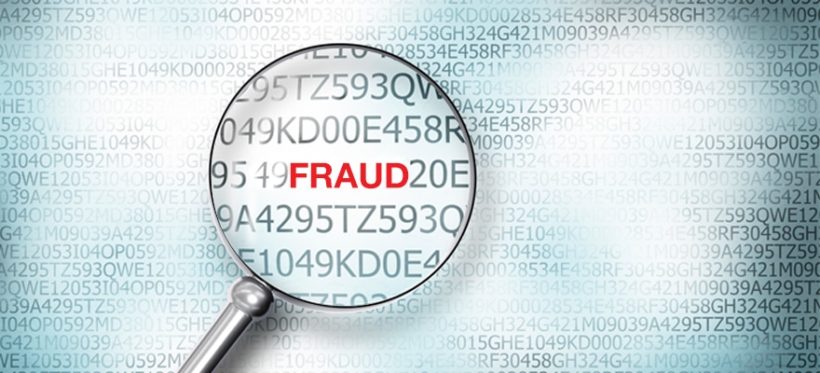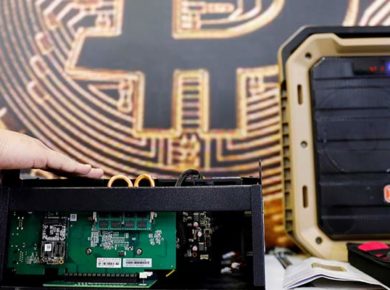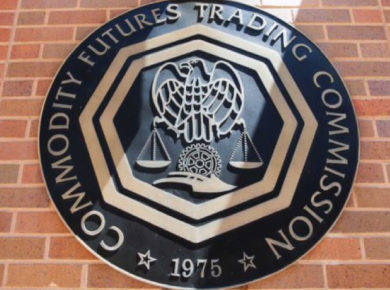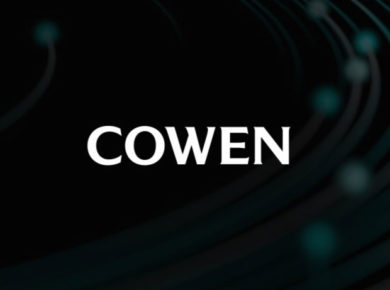Zcoin, an anonymity-focused cryptocurrency, has introduced a development that could make cryptocurrency mining feasible for ordinary users once again.
It has implemented a new mining algorithm called a Merkle Tree Proof, which is supposed to negate the advantages of ASIC devices and the big companies that can afford to run thousands of them.
Discover iFX EXPO, Your Gateway to Asian Markets!
Burn and mint
Zcoin itself is exactly like Bitcoin, but it has an anonymity option which is supposedly almost foolproof.
It works like this: say a user wants to pay 100 Zcoins. They burn those tokens and are given 100 ‘Zerocoins’ in return by the system, after a 70-minute wait. In order to pay for something, these Zerocoins must be redeemed back into Zcoins, which, when created, are brand new, with no transaction history. The total supply of coins is maintained, and nobody knows of the transaction except the sender and receiver.
The blockchain maintains its integrity by way of zero-knowledge proofs, which means that a party to a transaction can prove their legitimacy without revealing any additional information to anyone else. The algorithm used means that it is enough to know that they have burned/redeemed something.
Zcoin has a market capitalisation of around $33 million, according to coinmarketcap.com. It began its life in October 2016.
Merkle Tree
ASIC (application-specific integrated circuit) devices are specialised computers born from the noble quest for maximum possible profit. According to zcoin.io, they are roughly 30,000 times more efficient at generating cryptocurrency than a standard laptop computer, so that there is no incentive for ordinary users to even try anymore. Even buying an ASIC to run in your home is not much help, because mining companies buy and run these machines in their thousands.
The Zcoin website refers to anyone other than ordinary users – that is, users of ASIC machines and botnets – as ‘cheaters’. Botnets are networks of infected devices which are used by hackers to mine cryptocurrency without the knowledge/consent of the owners.
The new mining algorithm, the Merkle Tree Proof, is meant to ensure egalitarian computing: “The basic concept is that it should establish the same price/cost for a single computation unit on all platforms. This means that no single device should gain a significant advantage over another”.
Developed in 2016, MTP forces all miners to use similar hardware; “intense use of memory” and amalgamating every task with a certain procedure negates the monetary advantage of using an ASIC device. An added benefit is that unwitting botnet participants are more likely to notice that their computers are infected because performance would suffer more dramatically.
A Merkle Tree is a data structure in which all data blocks are results of predecessors in the chain. It is called a tree because of a superficial resemblance when the structure is drawn. These systems use ‘hashes’, which are identity-codes permanently assigned to each block of data. In a Merkle Tree, the original hash code (the root) can be traced back from any subsequent ‘branch’. In this way, a branch can be reliably identified as being part of a certain tree without a computer having to store the rest of the network.
Fight the power
In August, the development team behind Monero, another anonymity-focused cryptocurrency, tried to deter mining corporations from selling Monero-focused ASIC devices by announcing that it would be changing the coin’s code every six months. This had not stopped Bitmain, one such company, from trying to hawk these machines to the public a few months earlier.
Just a reminder that this WILL NOT work on Monero https://t.co/rhy6k2I4Yh
— Riccardo Spagni (@fluffypony) March 15, 2018
A company called Obelisk, which launched a cryptocurrency called Siacoin, also took a stand against the monopoly.











